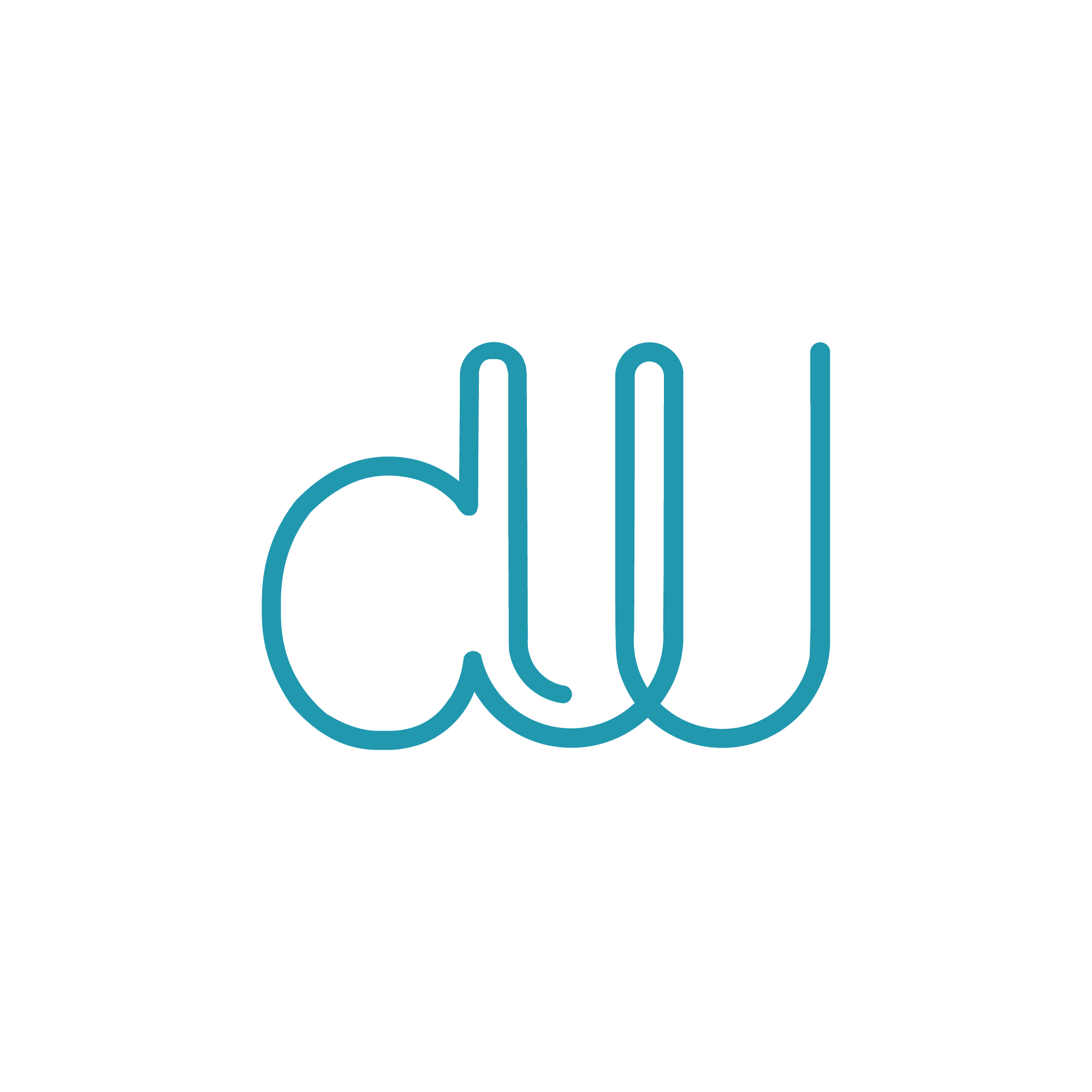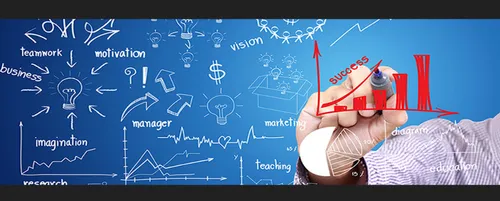7 Ways For Sales Automation Order Management
Sales automation order management is a must in eCommerce or online business, also helpful in other businesses.
Before starting with the ways to automate order management, let us have a quick look into the definition of the order management system.
What is sales automation order management?
Order management is the process of completing, tracking, and managing the orders digitally.
It enhances the order handling process and we know this function as an order management system.
This method requires coordination at business. The administration has to work with sales, finance, and also order fulfillment teams to carry out the order process. This process becomes difficult for fast scaling businesses. Some orders may have different stakeholders which become necessary to fulfill and track them properly.
Also, you must know that the sales automation order management cycle has a few stages:
- Order placed- Customers from different locations, at different times places orders from various channels and eCommerce stores. The multichannel order management tool collects the required information of the customer by default.
- Received- Once a customer places the order at first. The relevant information of the customer is forwarded to the order processing team where the order starts to process.
- Picked- It follows a picking list by redeeming products from the inventory and delivering it to the packing center (warehouse).
- Packed– In the warehouse, they pack in a way to minimize the weight. Also, keeping it safe providing the customers with an unboxing experience.
- Shipped– After packaging the order gets shipped to the customer’s address through their partner shipping companies. An assigned tracking number for each order, helps the customer to track their orders.
- Order delivered– The ordered item is finally delivered to the customer’s address. But, it is important to know whether the customer gets the correct item and on-time delivery.
- Feedback from the customer- It is the most essential part of the order cycle. After delivering the order, the team asks for feedback and experience from each customer and suggestions to further improve their services.

Want to know how to manage inventory for eCommerce? Visit the HubSpot link given below:
Cite Source- https://blog.hubspot.com/marketing/inventory-management
Now we will focus on 7 ways we can do sales automation order management:
1. Make use of a product catalog
The best way to support the order management process is to use a unified product. The product catalog must be lined up with the service and another inventory catalog, which makes the efficient order management process.
Further, you should centralize the catalog to make the process smooth. Many eCommerce application has a centralized catalog or database. You get all the information about all possible products, which are easily accessible to all the merchants and customers.
2. Integrating account and have a unified information model
Integrating the account with other key processes is important for the automation of order processes. Like the billing data and customer must be integrated within the database system. This ensures that the entire order management system is centralized.
You should form a unified information model to manage the operations and to earn revenue from digital services. In case of any up-gradations or changes, you can easily replace or apply them to the unified model. It will save money and time and improving reliability.
3. Use any e-commerce Order management software
Another most effective way to automate the order process is by using order management software. HubSpot’s CRM or order management tools will help you implement the automation of the order system which is user-friendly and cost-efficient. Not only that, but it will also improve your customer experience and let you fulfill your orders perfectly and effectively.
For instance, if any of your products are becoming the customer’s favorite, and people are purchasing it more. You have low stock of products, you are notified earlier and you can restock the product to avoid a backlog.
4. Define rules and use guided selling for every customer
When there is an offer or discount on any of your products, the validity, expiry, extra purchase required, specific billings. The catalog defines the offers as it cannot be done manually and when a customer purchases the item, the rules are present by default. Guide your merchants, retailers, agents with the proper catalog so that they can be more productive even after less training making the order process simpler and more efficient.
5. Using a simple and fast order placing system
An order management system depends a lot on how the consumer finds the system for use. They will not want a complex system and procedures. A customer makes up the mind to purchase the products or services from your platform. They can easily complete the purchase process, do not let your customers get frustrated from any long procedure. Also, the online portal must provide all detailed information about the products you are offering.
6. Update the CRM automatically
There can be a lot of changes in the order process like the product offers. Details might upgrade or change, that must be included in the billing and CRM. The increased number of products and services with time and the errors that occurred has to be updated automatically. If you are delaying in launching new products to the market then probably your CRM is not working accurately and not updating quickly as expected.
7. Customer Reviews and enabling self-service
Online ordering is mostly about self-service. The customer selects the products, decides the quality and pricing of the product before purchasing it. It integrates with a unique billing system and self-service is available for the customer.
Lastly, customer review and satisfaction is the most critical part of the order process management. It all depends on your skills in managing the order process whether the reviews are positive or negative. The satisfied customers will give obvious positive feedback along with some referrals. That would be an achievement for the growth and reputation of your business.
Here is our blog on Sales Automation Pipeline Management:
https://digitalwoods.net/en/blog/lead-generation-autopilot-sales-automation-software





